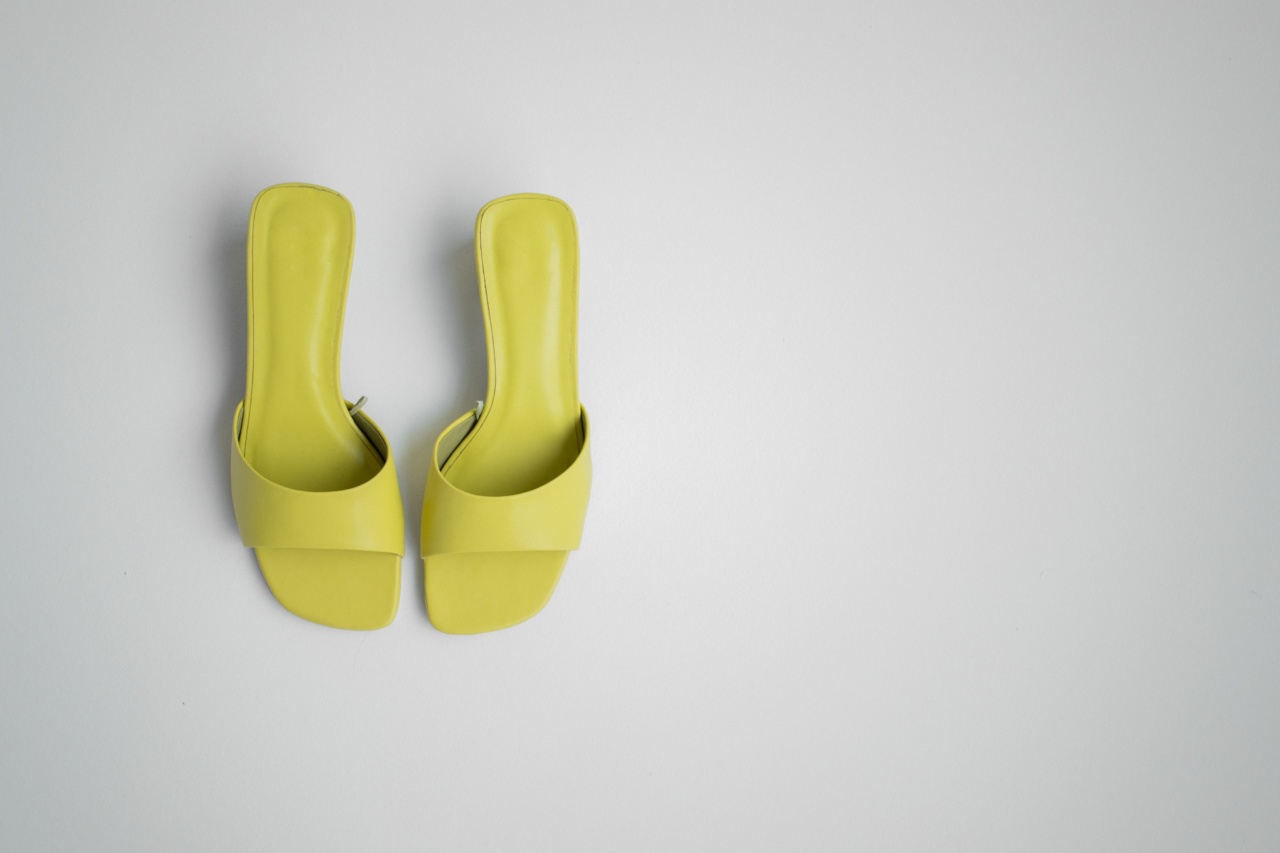Foot arthritis is a type of osteoarthritis that affects the foot and ankle. It usually develops in the joints that bear weight, such as the ankle and midfoot.
The symptoms of foot arthritis can vary, but the most common symptoms include pain, stiffness, and swelling. If you are experiencing heel pain, it could be a sign of arthritis in your foot. In this article, we will discuss foot arthritis and how it can lead to heel pain.
What is Foot Arthritis?
Foot arthritis is a condition that occurs when the cartilage in the joints of the foot and ankle wears down over time. This can happen due to age, trauma, or repeated stress to the joint.
Arthritis can affect any joint in the foot, but it is most commonly found in the ankle and midfoot. The most common types of foot arthritis are osteoarthritis and rheumatoid arthritis.
Osteoarthritis of the Foot and Ankle
Osteoarthritis is the most common type of arthritis that affects the foot and ankle. It is a degenerative condition that occurs when the cartilage that cushions the joints breaks down over time.
As the cartilage deteriorates, the bones in the joint can rub against each other, causing pain, swelling, and stiffness. Osteoarthritis can affect any joint in the foot, but it is most commonly found in the big toe, ankle, and midfoot.
Rheumatoid Arthritis of the Foot and Ankle
Rheumatoid arthritis is an autoimmune disease that affects the joints in the foot and ankle and can cause uncontrolled inflammation. This inflammation can damage the cartilage and the bone in the joint.
Rheumatoid arthritis can also lead to joint deformities and disability. The symptoms of rheumatoid arthritis in the foot and ankle include pain, swelling, stiffness, and warmth in the joint.
Heel Pain and Foot Arthritis
If you have foot arthritis, you may experience heel pain. Heel pain can be caused by a number of conditions, including plantar fasciitis, Achilles tendinitis, and heel spurs. However, if you have arthritis in your foot, it can also lead to heel pain.
This is because the foot and ankle are connected, and when the joints in the foot are affected by arthritis, it can cause a chain reaction that leads to pain in the heel.
How Foot Arthritis Causes Heel Pain
When you walk, run, or stand, the weight of your body is transferred through your foot and ankle. The weight is absorbed by the joints in the foot and ankle, and if these joints are affected by arthritis, the weight can cause pain and discomfort.
The joints in the midfoot and ankle are particularly susceptible to arthritis because they bear the most weight. When these joints are damaged by arthritis, it can cause instability in the foot and ankle. This instability can lead to compensations in your gait, which can cause pain in the heel.
Treatment for Foot Arthritis
If you are experiencing foot arthritis and heel pain, there are several treatment options that can help. The first step is to see your doctor, who can diagnose your condition and recommend a treatment plan. Treatment options for foot arthritis include:.
- Anti-inflammatory medication
- Physical therapy
- Cortisone injections
- Orthotics
- Walking aids, such as canes or crutches
- Surgery, in severe cases
Prevention of Foot Arthritis
While arthritis can be caused by many factors, there are some things you can do to help prevent it from developing. These include:.
- Maintaining a healthy weight
- Wearing comfortable, supportive shoes
- Avoiding high impact exercises that put stress on the joints
- Keeping your feet and ankle flexible with stretching exercises
Conclusion
Foot arthritis is a common condition that can cause pain, stiffness, and swelling in the foot and ankle. If you are experiencing heel pain, it could be a sign of foot arthritis.
The best way to treat foot arthritis and prevent it from getting worse is to see your doctor, who can recommend a treatment plan. By taking care of your feet and ankles and avoiding high impact exercises, you can reduce your risk of developing foot arthritis.






























